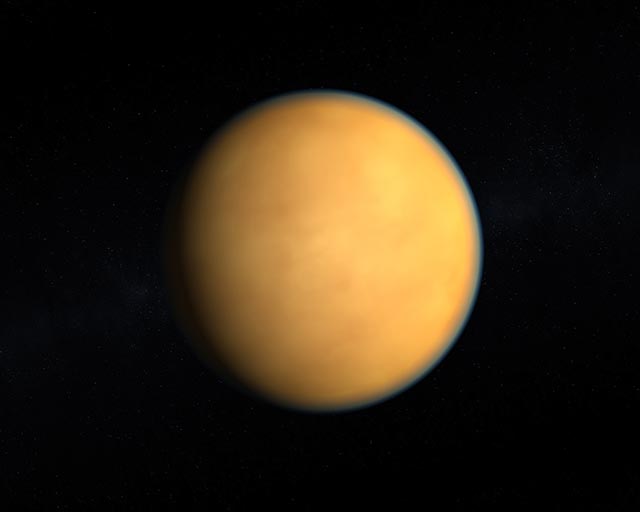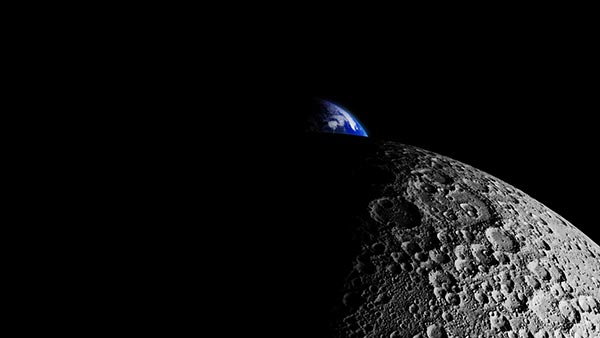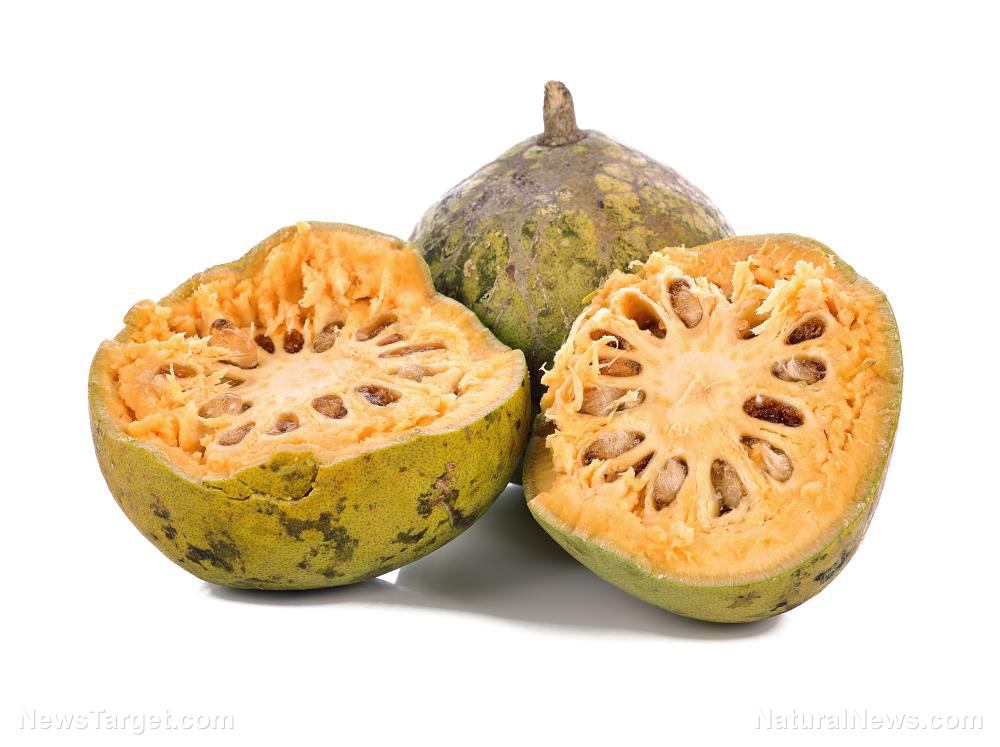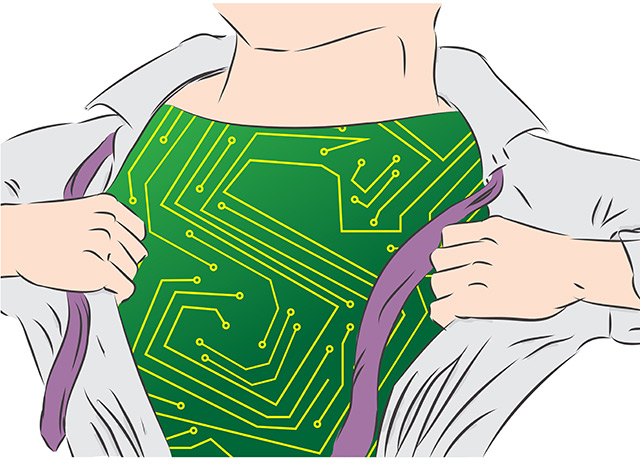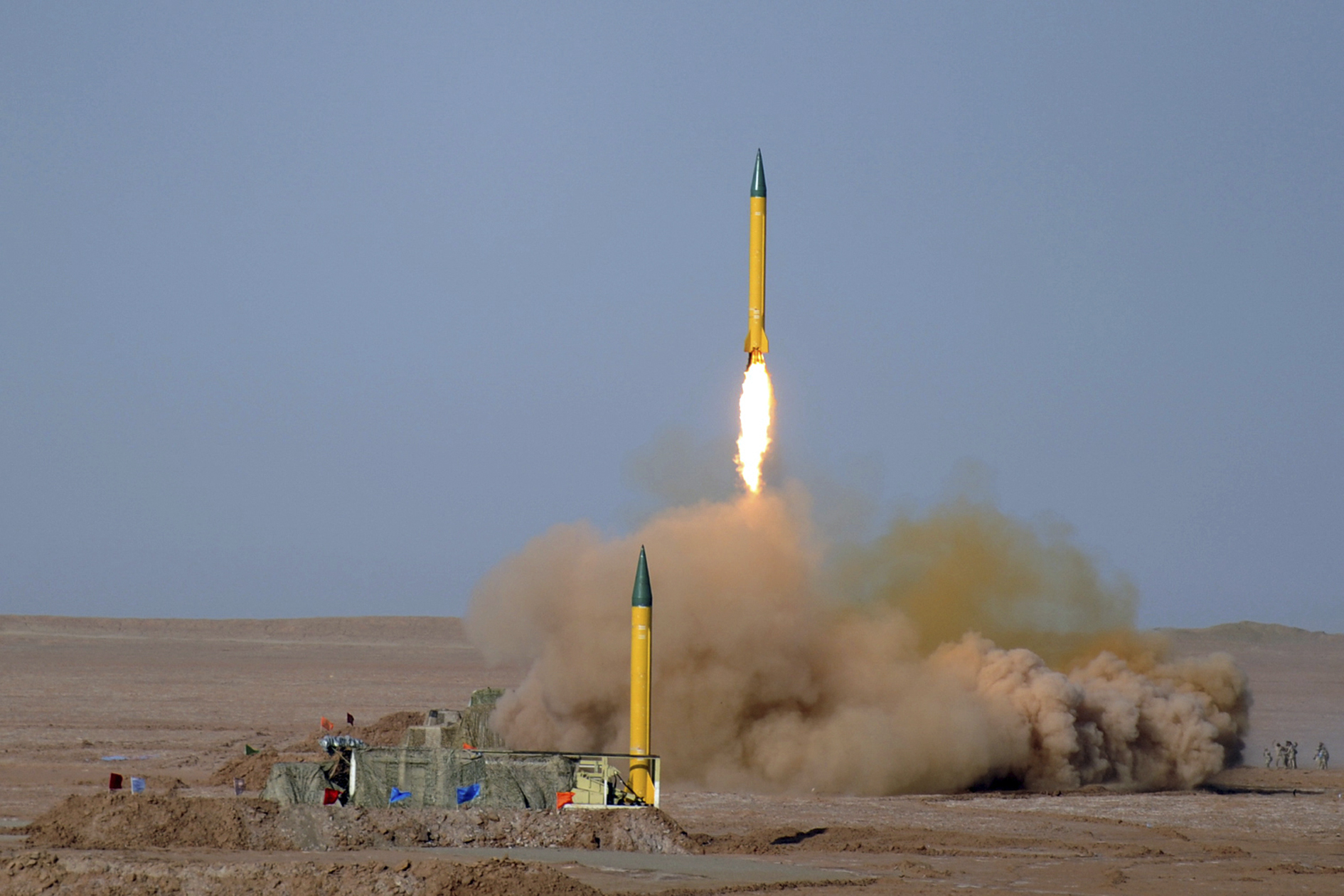
How organic matter emerged on Itokawa
Itokawa is classified as a "stony type" (S-type) asteroid. This type of asteroid makes up a good chunk of the rocks in the inner asteroid belt and comprises most of the meteorites on Earth. Scientists believe that Itokawa is a rubber-pile asteroid; it re-accreted from materials of a formerly large, metamorphosed parent body that collided with another rock. Since Hayabusa's return a decade ago, fewer than 10 of 900 Itokawa particles have been analyzed. All analyses turned up with evidence of organic matter and water, but none were able to determine where the organics came from. With this in mind, Chan and her team took one grain from the Itokawa samples and analyzed its chemical make-up to learn more about its organic and water content. Their analysis showed that the grain contained graphite – a crystalline form of carbon – and polyaromatic carbon. More importantly, while some of these organic materials were heated but some were not. This suggests that Itokawa picked up organics from nearby foreign sources after cooling. "The presence of unheated organic matter very close to it means that the infall of primitive organics arrived on the surface of Itokawa after the asteroid had cooled," Chan explained. The asteroid, the researchers concluded, had been evolving over billions of years by picking up water molecules and organic matter from foreign materials. After re-accreting, it went through extreme heating, dehydration, rehydration and contamination with organics. "These findings are really exciting as they reveal complex details of an asteroid's history and how its evolution pathway is so similar to that of the prebiotic Earth," Chan said. (Related: Meteorite in Michigan may hold clues to origin of life on Earth.) The study also points to the possibility of alien life outside the solar system. "If other systems elsewhere in the wider universe had the same favorable conditions as the early Earth, these raw ingredients that [are] carried by these asteroids could have kick-started life elsewhere," Chan noted. The challenge in studying S-type asteroids The discovery was quite surprising, according to Chan, because most S-type asteroids only contain tiny amounts of water and organic compounds. Collecting material from such asteroids is also extremely challenging for missions like Hayabusa, which pick up soil samples from the asteroid's surface by quick touchdowns. "Researchers have been attempting to look for organic matter from Hayabusa samples in the past, and it was very difficult to prove that the organic material was indigenous to the asteroid," she said. "Only one group of scientists managed to find water in a Hayabusa sample in 2019, but they did not look at the organic content," Chan added. At the same time, the researchers expected to find organic matter because the mission observed a big black boulder on Itokawa's surface back in 2005. This boulder, according to Chan, is believed to be a carbonaceous meteorite. The study came a few months after JAXA's Hayabusa 2 mission returned with soil samples from the asteroid Ryugu, and the National Aeronautics and Space Administration's OSIRIS-REx successfully took off from the asteroid Bennu with soil samples to be flown home. Comparing those samples with the Itokawa grains will surely enrich our understanding of how asteroids evolve and where organic matter originated. Read more articles about asteroids and the fascinating theories about their origin at Space.news. Sources include: DailyMail.co.uk Nature.comBy Evangelyn Rodriguez // Share
First global geologic map of Saturn’s moon Titan reveals an amazing liquid landscape
By Virgilio Marin // Share
New model suggests several planets in the universe might have water-rich atmospheres
By Divina Ramirez // Share
Relieve digestive issues and fight cancer with Indian bael
By Evangelyn Rodriguez // Share
“Wearable microgrid” uses energy from the human body to power small gadgets
By Franz Walker // Share
Iran conducts surprise missile drills amid rising tensions with Israel
By kevinhughes // Share
Kremlin denies reports of plans to "restore Soviet influence"
By bellecarter // Share
How AI news bots are quietly reshaping public opinion
By avagrace // Share
The Unshackled Physician: A surgeon's awakening to medical tyranny
By ramontomeydw // Share

